Clubs at Haverford Must Be Revamped
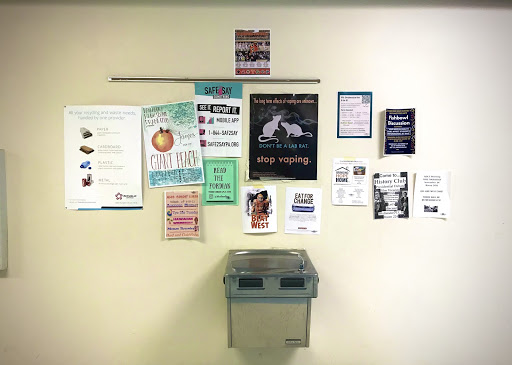
The wall outside of the first floor restrooms displays several of the numerous flyers hung by school clubs, including No Place For Hate, Future Business Leaders of America, and History Club.
As the 2019-2020 school year begins, so do the dozens of clubs run by Haverford High School students. A range of clubs, from skiing to bowling, have found success at Haverford, but others, which will not be named, have not. Starting two years ago, a range of clubs that have not established a sustained presence at the high school have popped up, and quickly faded away. The fact that these clubs, which at times seem to embody an inside joke of a group of friends, can exist at Haverford High School underscores a wider concern that has emerged in the extracurricular community at Haverford: the need for more bureaucracy in clubs.
Clubs have long been an integral part of any school community. While sports are organized and led by school officials, clubs are a refuge of autonomy in which students can take on full administrative control and direction. While clubs can serve a range of purposes, I believe that one ubiquitous benefit of school clubs is that they foster leadership and administrative skills, which are ever important in the modern job market. As many students arbitrarily seek club leadership positions in order to adorn their college applications, they often overlook this more pertinent benefit. If clubs are meant to be a place where people with similar interests can find enrichment, then the only trait of clubs which distinguishes them from friend groups is this aforementioned bureaucratic layer.
In the internet age, this bureaucratic layer and method of accountability have lost much of its former importance. As students have become increasingly concerned with crafting a resilient application to submit to hyper-selective universities, they have lost their passion for their extracurricular activities and, instead, think of each activity as something that they have to do, or must do, rather than something that they feel passionate about doing. The opinion piece How High School Ruined Leisure by KJ Dell’Antonia exemplifies this idea. While the way in which students think about their extracurricular activities is one thing, I believe the effect that this pragmatist mentality has on how students engage with activities is much more important. With this conflict of interest, club leaders may feel much less engaged than they did ten years ago. For example, one Haverford Club in the 2018-2019 school year had four leadership positions when the number of normal club members did not exceed that number. While this is just one case, it represents a broader trend of students carving out leadership positions for themselves in clubs not because they necessarily feel passionate about the club, but because they feel as though they have to in order to write a competitive application.
I believe that Haverford High School should act against this trend. Rather than allowing club leadership positions to increase in number, they should instead require regular reports from each club leader detailing what they did in the administration of the club for a certain period of time. Students should be expected to live up to the accolades which they have accrued. In order to ensure that the mission of school clubs remains enriching to the community and not to oneself, the number of leadership positions in clubs should be minimized. A ratio of at least three active club members for every leadership position should be enforced by the school administration, and club membership should be determined by meeting attendance, not by those who are on an email list.
Another area in which the administration must demonstrate increased scrutiny of clubs is in approving them in the first place. Too many inactive clubs have been formed, and the process of forming a club is too easy as it stands. Simply meeting the requirements of starting a club – gathering fifty signatures, proposing a mission, and finding a sponsor – does not signify at all that the club is needed, or even wanted by the Haverford community. Just as students are pressured into signing up for activities they will never engage with at the Activities Fair, signing a piece of paper only shows that a student feels at least indifferent towards the founder of a club. In proposing a club to the administration, students should be required to submit a multi-page essay that explains the function of the club, and why someone would join it. Just as in college applications, students should find two teachers to write recommendations for them and endorse the club. While all these measures may seem excessive, I believe that if a student will actually work hard in leading the club which they have formed, then they will no doubt be willing to replicate this hard work in their proposal of the club. In order to make sure that no Haverford club is an empty shell, the school administration ought to revamp their club approval process.



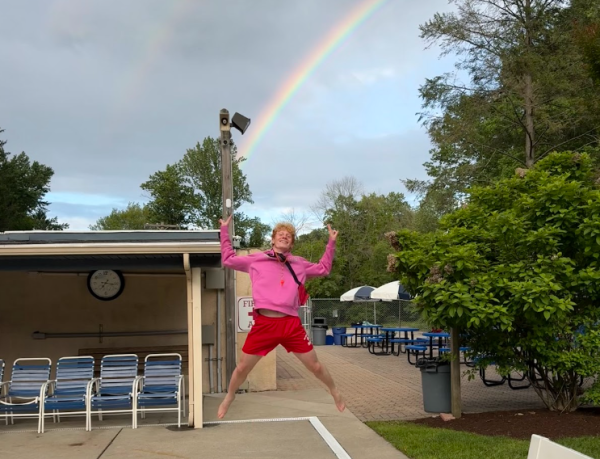
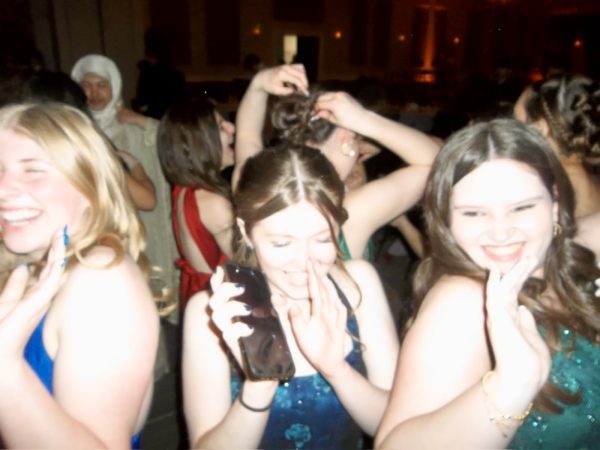




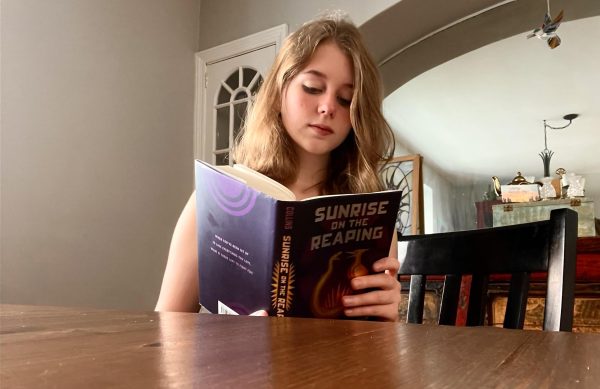
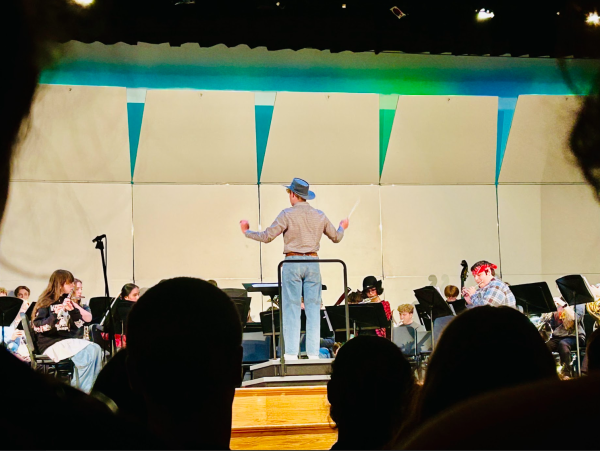
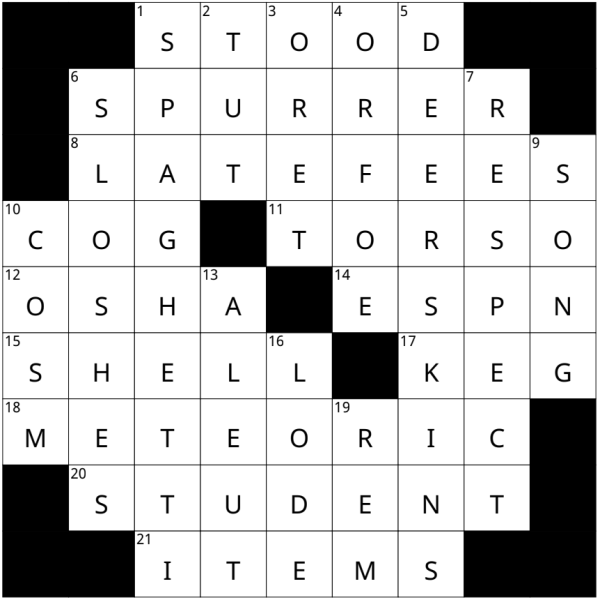
Emma • Mar 3, 2020 at 11:47 am
Though I agree students would benefit from only being a part of clubs they enjoy and are passionate about, there is certainly a time and place for school organizations that are meant as fun experiences for those involved and are not obligated to meet these strict standards or feel inferior because of their small membership/ “bureaucracy”.
Lauren McAdams • Mar 3, 2020 at 11:45 am
I disagree with this so much.
Kayla • Dec 8, 2019 at 8:39 pm
I disagree completely.
Rachel Plasky • Dec 6, 2019 at 9:43 pm
Someone had to say it.